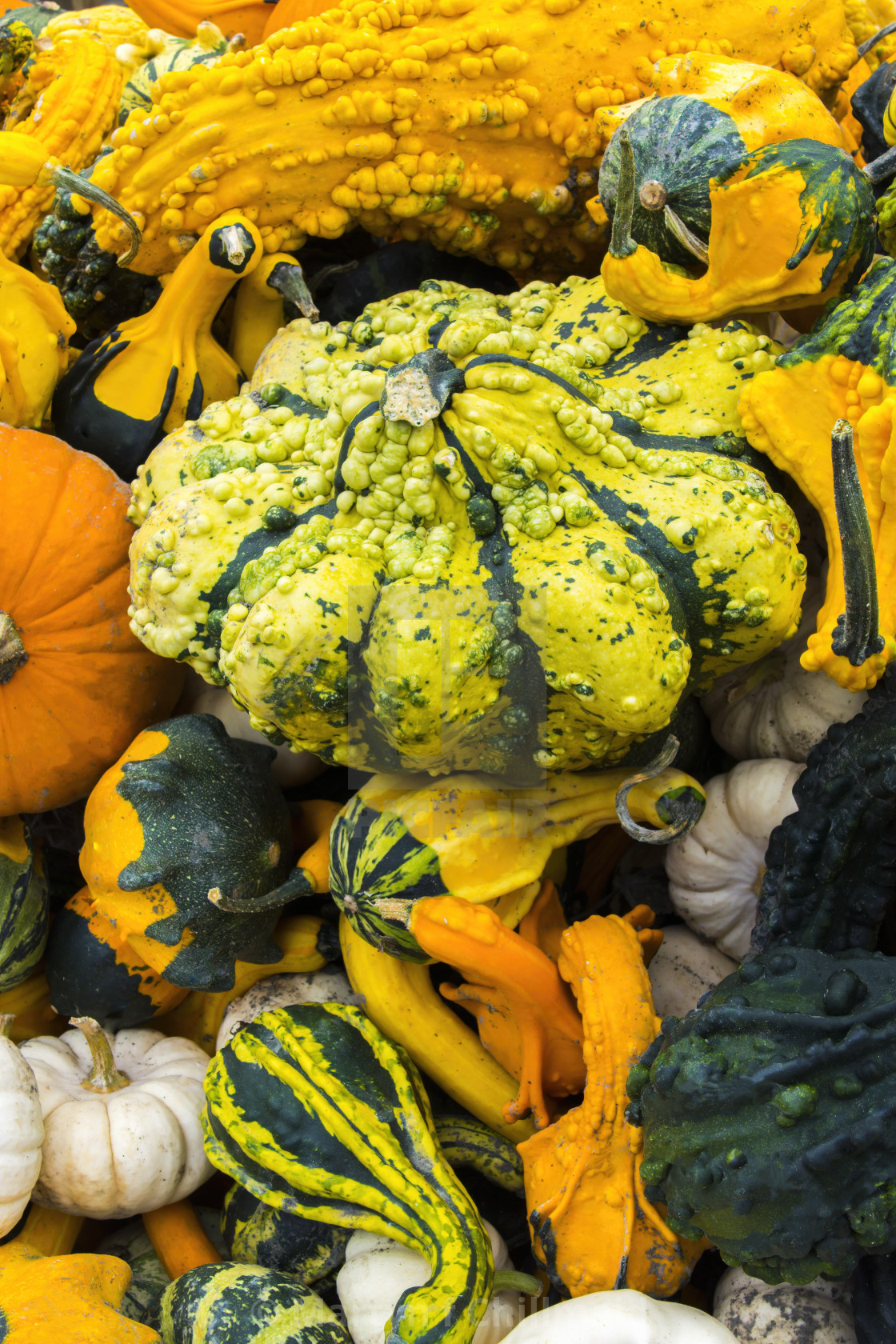

Ornamental gourds not for eating
Description
Ornamental gourds Not for eating. Baby boo, Autumn Wings, Dandy mixGrown now for decoration, carving and a few practicle products that can be cut from the skin- like spoons, vases, jewellery boxes, serving bowls. The Cucurbitaceae family is tropical and sub-tropical in origin, and does not tolerate cold soils or cool growing temperatures. Even a light frost will significantly damage foliage and impede crop development. Planting should be delayed until the late spring when soils have warmed. When making planting date decisions, average fall frost date and marketing period should be considered along with varietal days to maturity. Proper timing of the planting to allow the crop to mature before frost is of particular importance. These factors should also be considered when making decisions to direct seed or transplant the crop in the field.
Both species have sprawling growth habits and require room to spread. Lagenaria types readily climb by long twining tendrils, and are often grown supported by a trellis. All cucurbits are monecious (separate male and female flowers on the same plant), and require insects (bees) to transfer pollen and to set fruit. Night-flying moths are also known to pollinate Lagenaria.
Lagenarias have a long growing season and need early planting to mature by the end of the season. Otherwise a large percentage of fruit will be green at first frost. In comparison to Cucurbita types, Lagenarias are more sensitive to cold, and more adapted to consistent warm weather conditions. Soils should be at least 65°F prior to planting. To speed growth and development, use transplants instead of direct seeding.
Details
3640 x 5460px
Formats
Digital Download
Printed Product
Buy
From $54.99